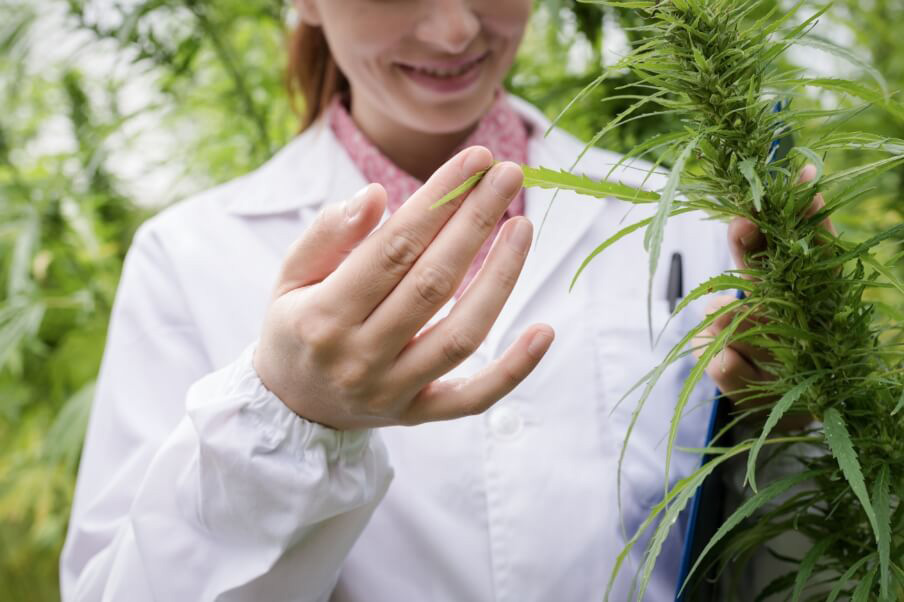
How to grow marijuana outdoor
How to grow marijuana outdoors as is a great way to produce your own high-quality cannabis plants. Whether you want to grow for medicinal or recreational purposes, there are some crucial steps to follow in order to have a successful outdoor grow. First and foremost, it’s important to choose the right location for your cannabis plants. The ideal spot should receive plenty of sunlight (at least 6 hours per day), be sheltered from strong winds, and have good drainage. It’s also important to consider privacy and security when selecting a location.
Next, you’ll need to prepare the soil for planting. Marijuana plants thrive in nutrient-rich soil with a pH level between 6 and 7. You can test the pH level of your soil using a home testing kit or by sending a sample to a lab. If the pH level is too high or too low, you can adjust it by adding lime or sulfur to the soil.

Shopping marijuana fresh flowers
Once your soil is ready, it’s time to germinate your seeds. There are several methods for germinating cannabis seeds, but one of the most common and effective ways is using the paper towel method. Simply place your seeds between two moist paper towels and keep them in a warm, dark place for 24-48 hours until they sprout.
After germination, it’s time to plant your seedlings in their final outdoor location. Make sure to leave enough space between plants (about 3-6 feet) to allow for proper air circulation and sunlight absorption. It’s also important to choose a spot that receives at least 6 hours of direct sunlight per day.
How to grow your marijuana outdoor?
Once your plants are in the ground, it’s important to provide them with proper care. This includes watering regularly (but not over-watering), adding nutrients when needed, and protecting them from pests and diseases.
Harvesting outdoor-grown cannabis typically occurs in late summer or early fall, depending on your location. The plant will be ready for harvest when the buds have reached their full size and the pistils (small hairs on the buds) have turned from white to amber or brown. You can also use a magnifying glass to examine the trichomes (tiny crystals on the buds) – they should appear milky or cloudy in color.
After harvesting, it’s important to dry and cure the buds before consuming them. This process helps to improve the flavor, potency, and overall quality of the cannabis. To dry your buds, hang them upside down in a cool, dark, and well-ventilated area for 7-10 days. Once they are fully dried, place them in an airtight container and let them cure for another 2-4 weeks.
it’s important to choose the right location for your cannabis plants
Growing cannabis outdoors can be a rewarding experience for any cannabis enthusiast. With proper planning and care, you can produce high-quality buds that will provide you with a plentiful supply of medicine or recreational enjoyment. Just remember to research your local laws and regulations, choose the right strains for your climate, and provide your plants with the best growing conditions possible.
If you’re new to growing cannabis, it’s important to understand the different stages of growth that your plants will go through. The first stage is known as the vegetative stage, where your plants will focus on growing leaves and stems. During this time, they need plenty of light (18 hours a day) and nutrients to thrive. The second stage is the flowering stage, when your plants will start producing buds. During this time, they need less light (12 hours a day) and more phosphorus and potassium for optimal bud development.
When it comes to providing your cannabis plants with nutrients, organic options are often preferred by growers. These include composts, worm castings, bat guano, and other natural fertilizers that work in harmony with the plant’s natural processes. Inorganic fertilizers, on the other hand, are made from synthetic chemicals and can have negative impacts on the environment and your plants’ health.
Another important factor to consider during the growth of your cannabis plants is proper ventilation and air circulation. Good air flow helps prevent mold and mildew, which can be detrimental to your plants. It also helps to regulate temperature and humidity levels, creating a more stable environment for growth.
In addition to physical care, it’s also crucial to pay attention to the pH levels of your soil or growing medium. Cannabis plants prefer a slightly acidic environment (around 6-7 pH) for optimal nutrient uptake. Testing and adjusting the pH of your soil or water is necessary for healthy plant growth.
Proper lighting is also essential for cannabis plants. They need a specific amount of light during the vegetative stage and a different amount during the flowering stage. LED grow lights are a popular choice among home growers as they are energy efficient and can be adjusted to provide the correct spectrum of light for each stage of growth.
Furthermore, choosing the right strain for your growing environment is crucial. Some strains may do better indoors, while others thrive outdoors. It’s important to research and choose a strain that is suitable for your climate and growing conditions.
In addition to these factors, it’s important to monitor your plants for any signs of pests or diseases. Regularly inspecting your plants can help catch any issues early on and prevent them from spreading or causing damage.
Watering and feeding your plants correctly is also essential for their growth. Over or under-watering can have negative effects on your plants, so it’s important to find a balance and water them consistently. Similarly, using the correct nutrients at each stage of growth will ensure that your plants have the necessary vitamins and minerals to thrive.

Medical marijuana is becoming more popular
It’s also important to maintain proper air circulation and ventilation in your growing space. This helps prevent the buildup of excess humidity which can lead to mold and other issues. Having good airflow also helps strengthen the stems of your plants, allowing them to support heavier buds during the flowering stage.
In addition to these tips, it’s crucial to stay informed about any laws or regulations regarding growing cannabis in your area. Some states allow for personal cultivation, while others have strict laws against it. Be sure to do your research and follow the rules to avoid any legal issues.
Lastly, remember that growing cannabis is a learning process. Don’t be discouraged if you encounter challenges or make mistakes along the way. With patience, dedication, and continued education, you can become a successful cannabis grower and enjoy the fruits of your labor. Happy growing!

